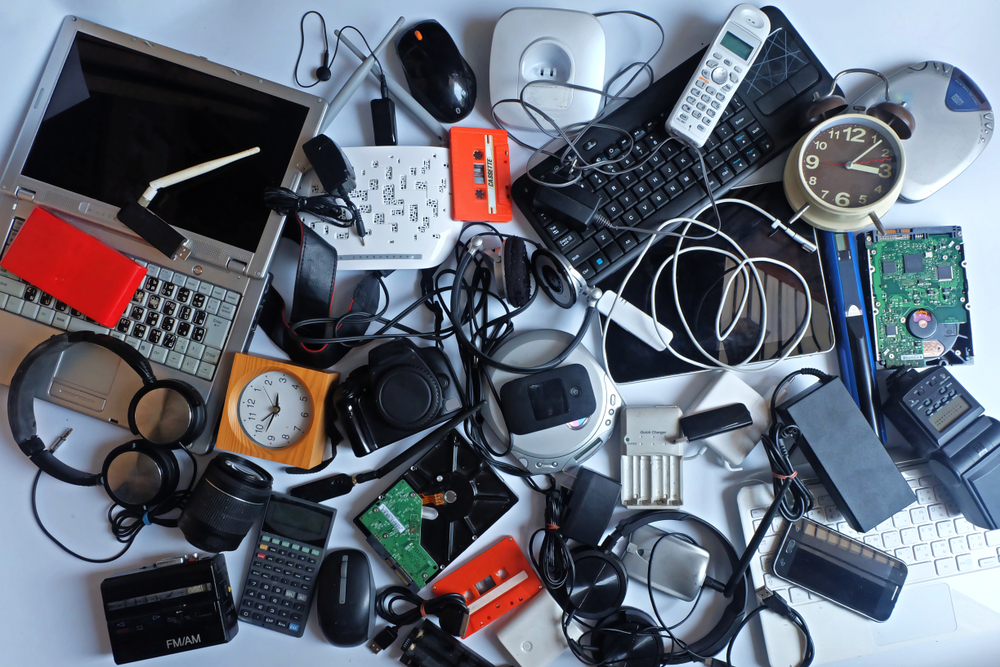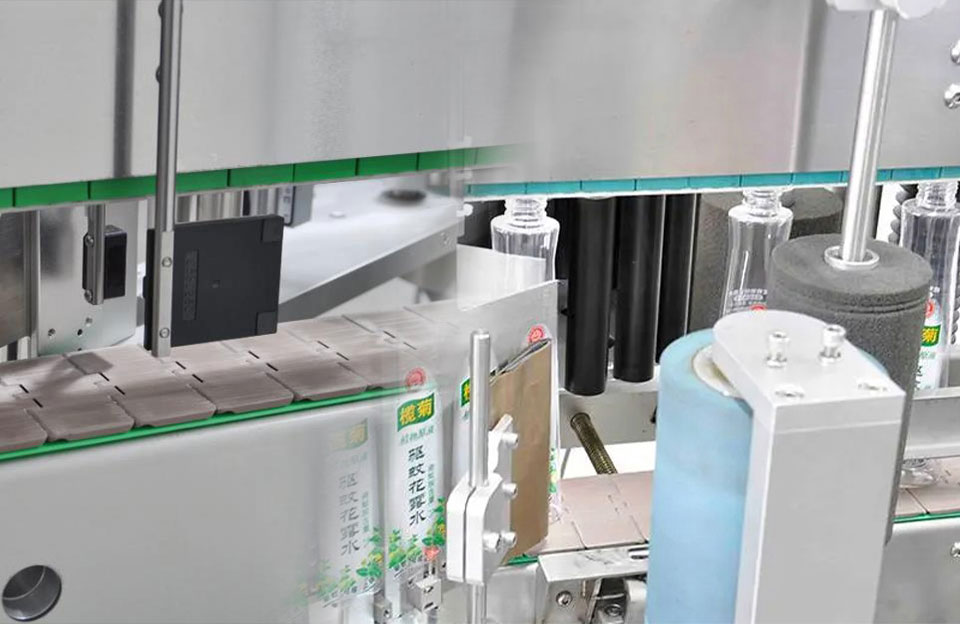The electronics industry is a dynamic and fast-growing industry encompassing the design, development, manufacture, and distribution of electronic components, devices, and systems. The widespread adoption of electronic devices and systems has revolutionized communication, work, play, and life.
Labeling machines are commonly used equipment in the electronics industry, and the impact of the electronics industry on labeling machines is huge. The electronics industry has very high requirements for the use of labels. In addition to special requirements for labeling materials, the precision requirements for labeling machines are also high.

Huge Impact of Electronics Industry on Labeling Machine
The impact of the high-speed development electronics industry on labeling machine is about its design, capabilities, and application. Here are some impacts of the electronics industry on labeling machine:
- Increased Precision and Speed: As electronic devices have become smaller and more intricate, the need for precise and fast labeling has grown. Labeling machines have evolved to accommodate these requirements by incorporating advanced technologies such as high-resolution sensors, servo motors, and precise labeling mechanisms.
- Integration with Automation and Robotics: The electronics industry has embraced automation and robotics to enhance manufacturing efficiency and productivity. Labeling machines have been adapted to integrate seamlessly with automated assembly lines, robotic arms, and conveyor systems. This integration enables the automatic feeding, positioning, and application of labels onto electronic devices, reducing manual labor and increasing production rates.
- Versatile Labeling Capabilities: The diverse electronic devices and components range necessitates flexible labeling solutions. Labeling machines have adapted to accommodate various label sizes, shapes, and materials required for electronic products. They are equipped with adjustable labeling heads, modular designs, and quick-change systems, allowing easy customization for different labeling requirements in the electronics industry.
- Integration of Advanced Printing Technologies: Advanced printing technologies, such as thermal transfer, inkjet, or laser printing, are often required to print variable data, barcodes, or QR codes on electronic devices and components. Labeling machines have been designed to incorporate these printing technologies, allowing for on-demand printing and real-time data integration during the labeling process.
- Enhanced Connectivity and Data Management: The development of the electronics industry has led to an increased need for connectivity and data management in labeling operations. Modern labeling machines have connectivity options, such as Ethernet or Wi-Fi, enabling seamless integration with enterprise systems, MES (Manufacturing Execution Systems), or data collection devices. This connectivity facilitates data exchange, tracking, and traceability, ensuring compliance and efficient management of labeling processes in the electronics industry.
Application of Labeling Machines in the Electronic Industry
Labeling machines find various applications in the electronic industry, where precise and efficient labeling is crucial for identification, traceability, and compliance. Here are some common applications of labeling machines in the electronic industry:
- Product Identification and Branding:
- Label electronic devices such as smartphones, tablets, laptops, and cameras with product names, serial numbers, barcodes, and QR codes.
- Applying labels with company logos and branding elements on electronic components, circuit boards, and product packaging.
- Traceability and Quality Control:
- Applying unique identification labels, such as serial numbers or QR codes, to electronic components or circuit boards to track their manufacturing process and trace any defects or issues.
- Labeling components with batch numbers or date codes for easier tracking and quality control during production and assembly.
- Compliance and Regulatory Labeling:
- Printing and applying labels with compliance symbols, safety warnings, and regulatory information, such as CE marks, RoHS (Restriction of Hazardous Substances) labels, or FCC (Federal Communications Commission) labels.
- Labeling electronic products with energy efficiency ratings, recycling symbols, and product certifications for environmental and regulatory compliance.
- Cable and Wire Labeling:
- Applying labels to cables, wires, and connectors to indicate their purpose, specifications, or identification codes making it easier to assemble, install, and troubleshoot electronic systems.
- Printing and applying labels with wire gauge, voltage ratings, cable length, or specific instructions to ensure proper connections and reduce errors.
- Component Sorting and Packaging:
- Labeling bins, trays, or containers for organizing electronic components during production or assembly processes to facilitate inventory management and prevent mix-ups or errors.
- Labeling packaging boxes or containers with product information, barcodes, or shipping labels to ensure accurate tracking, distribution, and delivery of electronic devices.
- Product Serial Number Labeling:
- Applying unique serial number labels to electronic devices or components for inventory management, warranty tracking, and after-sales service purposes.
- Using labeling machines to print and affix serial number labels sequentially or customized on electronic products or their packaging.
Conclusion
As the electronics industry develops faster and faster, the influence of the electronics industry on labeling machines is also increasing. The development of the electronics industry has promoted the evolution of labeling machines, which provide accurate, efficient, and automated labeling solutions for the electronics industry. Continuously improving labeling machines allow manufacturers to streamline processes, improve product identification and meet regulatory requirements.


